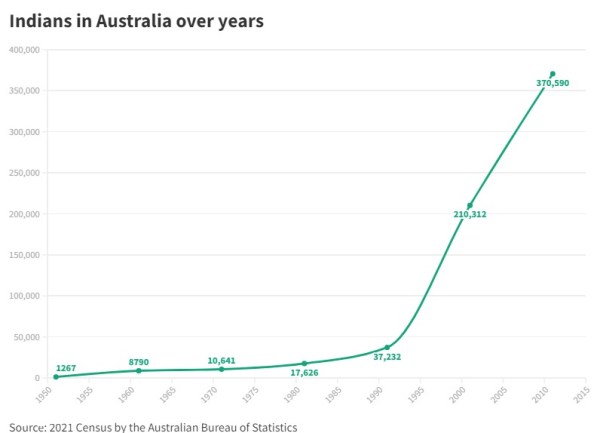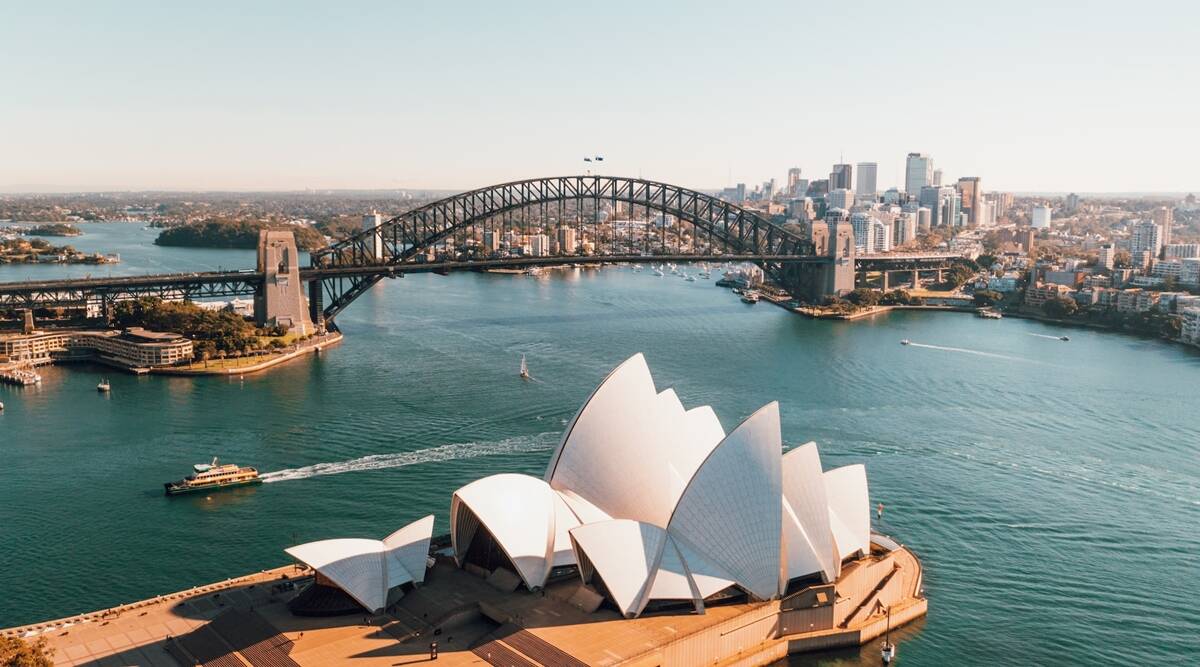At the start of 2023, Australia announced that it would be reviewing its visa and immigration policies to address the growing shortage of workers, especially in rural areas. A report on the review is expected to be out in February this year.
Like many developed nations, Australia too faces the problems brought forth by an ageing population and is dependent on overseas migrants to contribute to its population growth since 2005-06. Australia-based Sky News reported that the country is short of nearly half a million skilled and unskilled workers in the healthcare, hospitality and education sectors, among others.
The problems were exacerbated by the strict lockdowns imposed by the country during the Covid-19 pandemic, during which the Australian government instructed foreign students, backpackers and other visitors to go home. Since it opened its border for international travel in July 2022, the country has said that it is set to see over 2.35 lakh immigrants between 2022-23.
As per a population statement issued by the Australian government last week, “overseas migration is forecast to increase to a net inflow of 150,000 in 2021–22. It is then forecast to reach the pre-pandemic trend of 235,000 from 2022–23 and remain at that level thereafter.”
The arrival of international students, many of whom had been studying online during the pandemic, also played a significant role in the restoration of overseas migration patterns. “There was a strong recovery in international student arrivals in the December 2021 and March 2022 quarters as students who previously studied online and offshore took advantage of eased border restrictions. In mid-October 2022, there were 122,000 more international students in Australia than in mid-December 2021,” said the report.
Visa options for immigrants
There are broadly two types of visas for prospective immigrants to Australia – student visas and working visas.
While the student visa is primarily dependent on your proficiency in English and enrollment with a recognised university, the working visa is based on several factors. Like Canada’s Comprehensive Ranking System (CRS), Australia has a points calculation system in which the applicant’s age, educational qualifications, skills assessment, and English proficiency scores in exams like IELTS or PTE are taken into account to determine their eligibility for obtaining a visa.
Equally important is an ANZSCO code which is the shorthand for the Australian and New Zealand Standard Classification of Occupations, a three-digit code allotted to each occupation. The code corresponding to the applicant’s skillset determines whether they can apply for the visa independently or if a prior invitation from the authorities is required.
Indians in Australia
Australia is home to over 7.8 lakh Indians, accounting for 3.1% of the total population, as per the country’s 2021 Census Bureau report. Of this, around 3.62 lakh men and 3.1 lakh women were born in India, while many others were born in Indian-origin families in Australia.

Indians have been a significant part of Australia since the 1800s, but their numbers have increased sharply since the early 2000s, largely due to policies favouring the immigration of skilled professionals. For instance, while the Census has recorded that 37,232 Indians arrived in the country between 1991 and 2000, the number climbed to 2,10,312 in 2001-10 and 3,70,590 in 2011-20.
This has also been reflected in the socio-cultural makeup of Australia. Punjabi, Hindi, Gujarati, Urdu, Bengali, Malayalam, and Tamil are spoken by a significant number of people, and over 6.8 lakh identify as Hindus and over 2 lakh as Sikhs.
Source : https://indianexpress.com/


